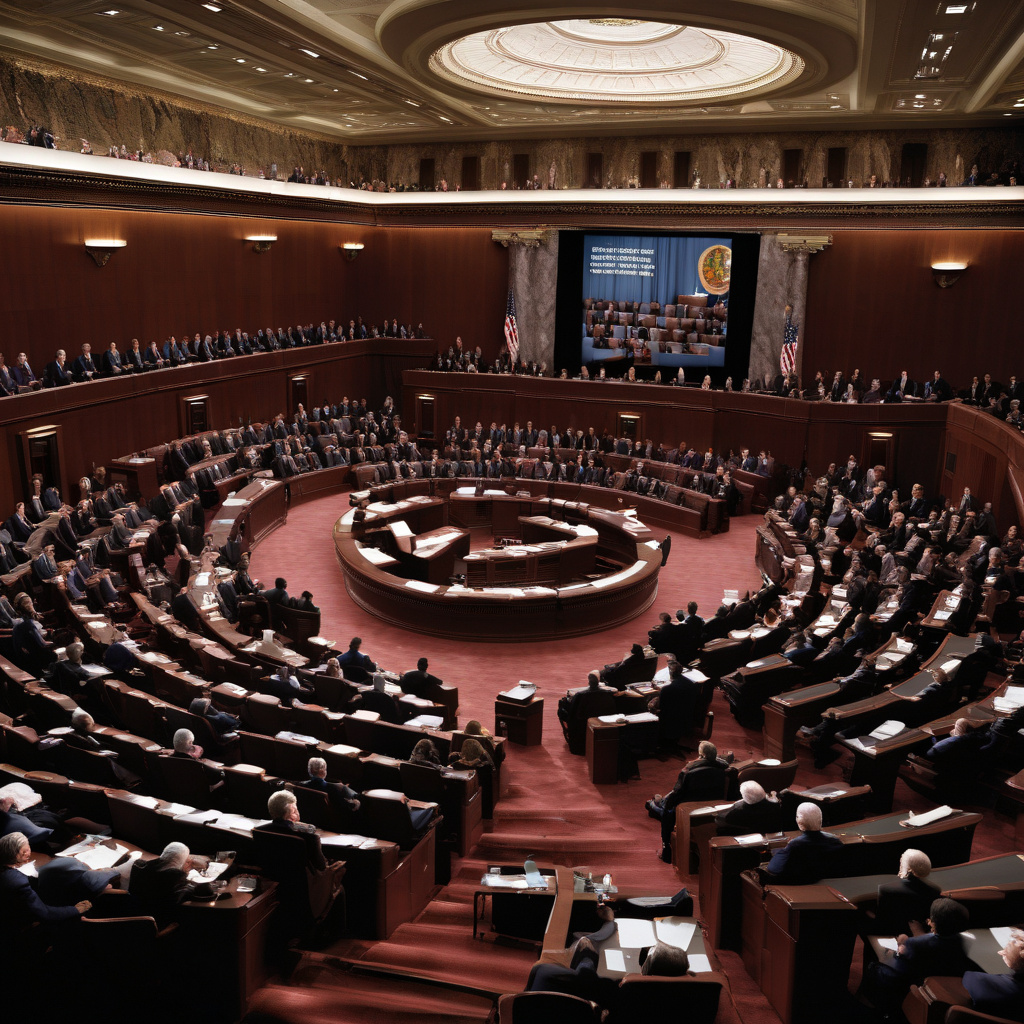In a recent move that has stirred debate and divided opinions, the Senate has voted to revoke California’s long-held ability to set its own air pollution standards. At the heart of this decision lies California’s ambitious plan to mandate an increase in the sales of zero-emissions cars and passenger trucks, starting as early as 2026.
California, a pioneer in environmental regulations, has been at the forefront of pushing for cleaner air and reducing greenhouse gas emissions. The state’s stringent emission standards have often been more stringent than federal regulations, setting a high bar for environmental protection.
By requiring an escalation in the sales of zero-emissions vehicles, California aimed to accelerate the adoption of electric cars and reduce the reliance on fossil fuels. This move was not only crucial for combating climate change but also for promoting innovation in the automotive industry.
However, the Senate’s decision to strip California of its authority to set these standards has sparked a heated discussion about states’ rights, environmental protection, and the role of the federal government in regulating emissions. Proponents of the Senate’s decision argue that a uniform set of regulations across states would streamline compliance for automakers and prevent a patchwork of standards that could hinder interstate commerce.
On the other hand, detractors view this decision as a setback for environmental progress, fearing that it could slow down the transition to cleaner transportation and undermine efforts to combat climate change. California, with its large population and significant influence on the automotive market, has been a driving force in pushing for more sustainable practices in the industry.
The implications of this decision extend beyond California, as other states have historically looked to the state as a leader in environmental policy. With California’s authority now in question, the future of state-led environmental initiatives hangs in the balance.
As the debate unfolds, one thing remains clear: the intersection of environmental policy, state rights, and federal regulations is a complex landscape that requires careful navigation. The outcome of this decision will not only shape the future of air quality standards but also set a precedent for how states and the federal government interact on environmental issues.
It is essential for stakeholders, policymakers, and industry leaders to engage in constructive dialogue to find common ground and work towards solutions that prioritize both environmental protection and regulatory clarity. Balancing innovation, economic interests, and sustainability goals is a challenging task, but one that is necessary for building a cleaner and healthier future for all.

